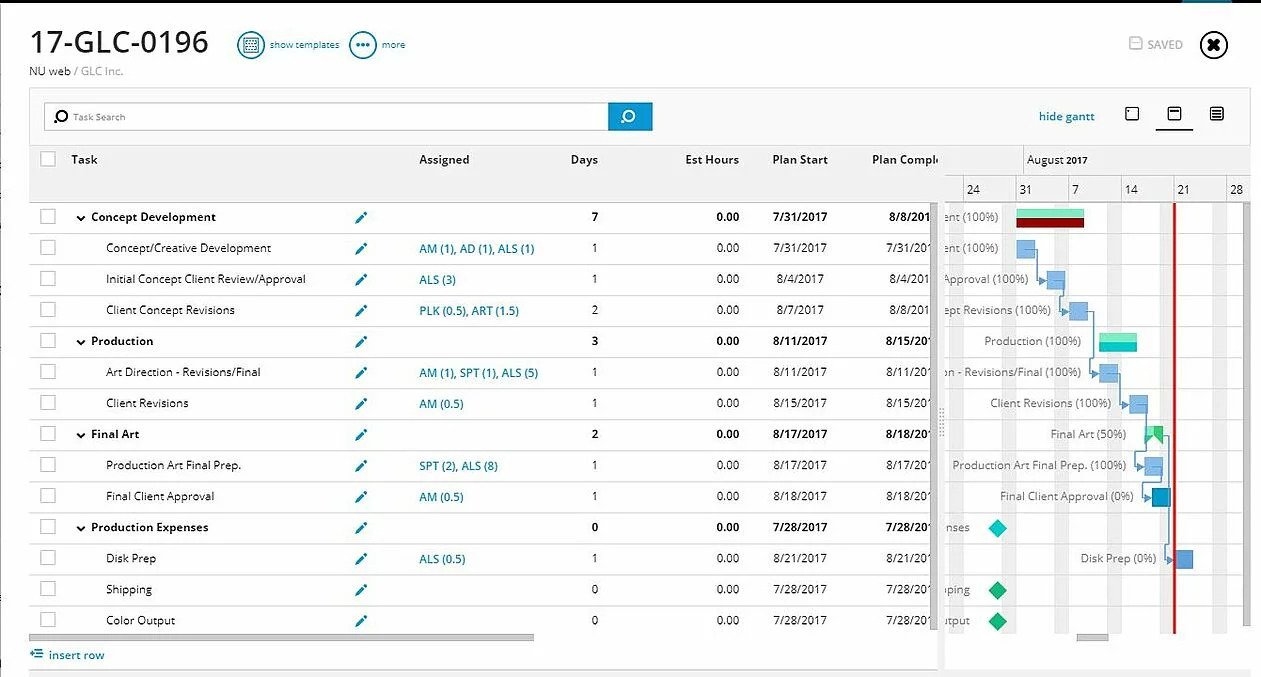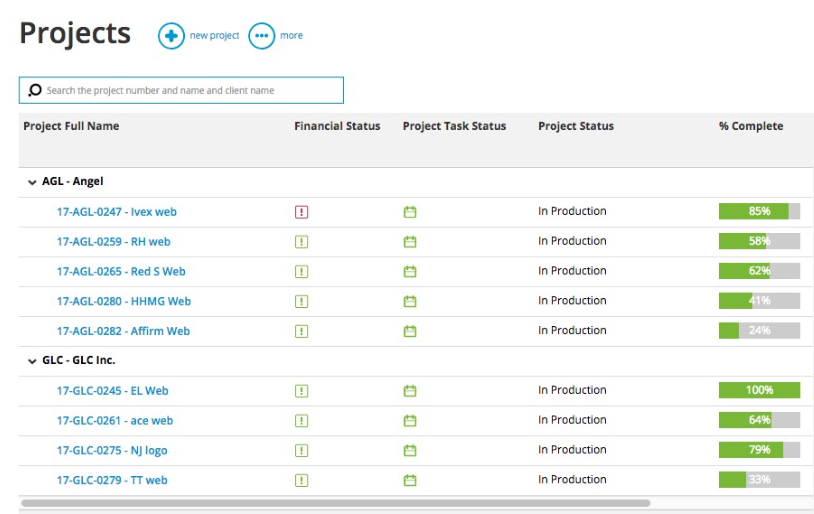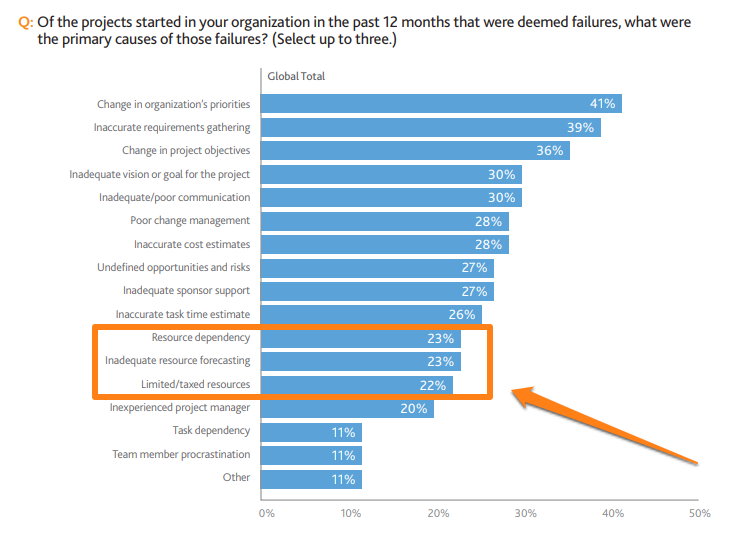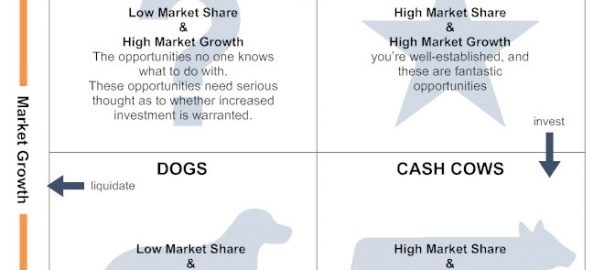— April 10, 2019
Project integration management can make running complex projects easier. Read on to learn how this strategy can transform the way you run projects.
Being a project manager isn’t easy. There are countless tasks to worry about, and in most cases, just as many people to work with.
From initiating and planning the project to executing and controlling it, a project manager has a lot to think about and get done.
Of course, you’ll generally have a team of people at your disposal to help you meet project goals. But with so many tasks and people to manage, it’s easy to see how managing a project can quickly become overwhelming.
Project integration management is meant to solve this problem. By breaking down projects into their constituent parts, this strategy can bring some sanity and order to the process of managing projects.
I’ll discuss this integrated approach to project management in detail below.
What Is Project Integration Management?
As you know, every project is made up of a number of complex parts. You have to manage stakeholders, people, tasks, risks, and overall quality.
What happens when you don’t have enough visibility into all these constituent parts?
Disaster, of course.
Project integration management aims to solve this problem by grouping processes together to ensure that all elements are coordinated correctly.
In simpler terms, this approach integrates all the aspects of managing a project – stakeholders, resources, schedules, etc. Think of it as meta-project management. By integrating how you manage projects, you make it easier to map and control all its constituent parts.
Broadly speaking, the integrated project management approach can be divided into six phases:

Briefly, these phases are:
- Creating a Project Charter which defines the scope, objectives, stakeholders, and project manager involved in the project.
- Defining the Project Scope, which identifies the broad outcomes and specific goals tied to the project.
- Creating a Project Management Plan to list all the activities that will go into taking the project from inception to final delivery. This is the primary focus on any integrated approach and should be aligned with the scope of the project as well as the range of the project manager’s responsibilities.e
- Developing a Project Execution approach that will help you implement the PM plan and meet the project’s goals.
- Mapping a process for Project Monitoring to track progress and take remedial measures when necessary.
- Instituting a plan for Change Control that defines how you will deal with changes, updates, and requests, and how it will affect the broader scope of the project.
Effectively, this brings down project management from a broad and nebulous idea to a more strictly defined, objective process. You’re not worrying about stakeholder or resource management. Rather, you’re developing processes to defining the project’s scope and monitoring its progress.
The result is a PM approach that is more constrained and narrowly defined. But because you have less on your plate, you also accomplish more.
Why Pursue Project Integration Management?
Integration management is actually recognized as one of the ten knowledge areas in PMI’s PMBOK. By any formal measure, you would consider this a best practice for managing projects.
But apart from formal rules, pursuing project integration management offers some very tangible benefits.
Think of all the constituent disciplines that make up project management, such as:
- Stakeholder Management: Project managers must identify and know who the project stakeholders are. They must also clearly understand their requirements and expectations. They must manage the ongoing communication needs and issues as the project progresses, as well.
- Risk Management: Project managers must be able to correctly pinpoint project risks. Then they have to create and implement strategies and solutions to minimize the impact those risks could have on the project.
- Issues Management: Inevitably, issues come up with almost any project. Project managers must be able to recognize any issues that could affect the project and then make key decisions to navigate the project through these issues and find resolutions.
- Resource Management: Budget is an important part of any project. A project manager must control and prioritize all expenditures for the project and see that it stays on budget. That includes purchasing products and paying for labor and services. They must do all of this with the goal of accomplishing the project’s purposes while staying within the agreed budget.
- Task Management: Eventually, every project will come down to managing tasks. It’s part of the process. Project managers must be able to prioritize, delegate, assign, and monitor project tasks and workflows to see that the project is completed on time.

Tools like Workamajig can make managing tasks easier by giving you a visual overview of completed and pending tasks
- Quality Management: An important part of every project is quality management. Managers must make sure project results meet expected quality standards and sufficiently satisfy stakeholder requirements for every step of the process.
- Project Change Control: Although projects have deadlines and due dates, things can happen to change those plans. Additionally, unforeseen issues can arise. These changes and issues mean project managers have to identify, evaluate, approve, and track any recommended changes to the project.
- Project Team Management: Last but not least, project managers must choose the right team members for the project. They must assign and clearly describe their roles. As the project moves forward, they must give feedback and find ways to motivate and encourage team members to achieve their highest performance.
Each of these disciplines is important. You can’t focus on some and leave others out. You have to manage them for every project across your entire organization.
For a sufficiently large organization, this can become a management disaster. Without a single system to monitor each of these disciplines, something is sure to be overlooked, forgotten about, mishandled or done poorly.
It doesn’t help that in complex organizations, every department and manager starts developing their own best practices – what Maciej Bodych calls “islands of project management knowledge”.
This can lead to a situation where there are multiple conflicting approaches to managing PM disciplines with little common across them.
Project integration management brings clarity to all these disciplines by giving you a framework to control projects from inception to final delivery. Instead of dealing with each discipline separately, you can manage it as part of a broader, integrated process.
I’ll show you how to become better at project integration management below.
Excelling at Project Integration Management
As the PMBOK notes, integration management requires making “trade-offs and compromises between opposing alternatives and objectives with the goal of meeting or exceeding the stakeholders’ expectations.”
This should be your approach when integrating project management. You’re not going to please everyone at all times; you’ll have to make compromises in the pursuit of the greater goal of meeting stakeholders’ goals.
With this in mind, let’s look at some ways to improve your success rate with project integration management:
1. Use personalized processes for every project
Every project has more than one process (otherwise it would just be a task, not a project.) Each process is vital to the overall success of the project. However, it’s also important to personalize each of these processes for each separate project requirement and for the intended project goals.
For instance, you might have a brilliant but habitually tardy designer working on a project. How you manage his tasks has to be different from the way you handle other more diligent but average designers.
When you tailor each process to fit the project resources and requirements, you’re more likely to achieve the desired results.
2. Separate projects and processes
Sometimes, team members and leaders can lose sight of the project by getting caught up in the processes that constitute it.
But the fact is, the project and the processes used to complete it are not the same things.
- A process is a continuing activity or action that is repeatable. Processes are usable and reusable by many teams or individuals.
- A project is made up of several activities, or processes, that will eventually be completed. Projects are typically assigned to one specific department or group with a finish line in mind.
For instance, “Project Initiation” is a core PM process. It’s something you would use in every project. While the specifics will change, the basic approach can be used and reused by multiple teams.

Use tools like Workamajig to monitor the health of all your projects at a glance
3. Don’t forget about soft skills
The integrated approach does a great job of outlining all the parts that go into managing a project effectively.
What it doesn’t mention, however, are the soft skills necessary to motivate and lead people.
This is an often overlooked aspect of project integration management. You might know exactly how to break down a project and assign tasks, but how exactly do you motivate your people to meet a demanding client’s needs? If the morale is low, how do you rally everyone to go above and beyond the call of duty?
You can’t always put these soft leadership skills into a to-do, but they are crucial for managing projects.
4. Create detailed project plans
At the start of every project, you must create a detailed plan and effectively explain it to everyone involved in the project. The plan should address each of the specific disciplines with pertinent details of how each will be managed.
To create more integrated project plans, you can adopt the following tactics:
- Create templates for different project types, then tweak them as necessary.
- For every project, create a detailed communication plan so you know exactly what to communicate, when, and to who.
- What doesn’t get tracked and reported on often gets forgotten, so make reporting a top priority.
5. Prepare your teams for success
You want your team members to be successful. After all, they will make or break the project.

Poor resource management is a leading cause of project failure (Source: PMI )
While there is a lot that goes into managing resources, the following should be your top priorities:
- Match the right tasks with the right resources – based on skills, availability, and intangibles such as diligence, ability to meet sharp deadlines, etc.
- Create guidelines and best practices for project leaders. Align these with the leaders’ own processes for managing and motivating their teams to ensure there is no conflict.
- Keep tabs on team performance with regular status reports and meetings.
- Evaluate the performance of individual resources as well as the team as a whole at different phases in the project, but particularly when you debrief the project.
6. Keep stakeholders involved
As a project manager, one of your most important duties is to keep project stakeholders in the loop. It’s vital to communicate openly and clearly with each stakeholder throughout the process.
This allows stakeholders to convey any project changes and allows you to stay on top of the project’s progression.
7. Organize similar projects into portfolios
Most companies have several projects going on at the same time. And many times, project managers have to focus on different projects simultaneously.
So it’s crucial to manage these different projects effectively in order to get the most from each project.
One way to do this is by grouping similar projects together and managing them in much the same way, i.e. creating a “portfolio” of projects. This not only helps you stay on top of all projects, but it also helps you draw insight from projects within the portfolio.
As an agency, you can organize projects into portfolios based on:
- The core departments involved in the project (“marketing”, “design”, “development”)
- Project size or industry (“small projects”, “automotive projects”, etc.)
- The intended result (“grow organic traffic”, “develop SaaS app”, etc.)
- The impact on the business (“high-margin projects”, “prestige projects”, etc.)

Organizing projects by growth is one way to create a portfolio of projects – an approach used by BCG (Image source)
Your goal should be to organize them in such a way that you can apply the lessons from one project to others within the portfolio. For instance, all your “traffic growth” projects might use the same SEO principles. This can help you group resources and distribute them better across all projects.
Successful Project Management is Hard…
…but it doesn’t have to be overwhelming. You can successfully plan, implement, and manage numerous projects if you put these project integration management tools and skills into practice.
Don’t let your projects suffocate you. Follow these tips and you’ll find that project management can become easier, faster, and smoother.
Business & Finance Articles on Business 2 Community
(113)
Report Post







